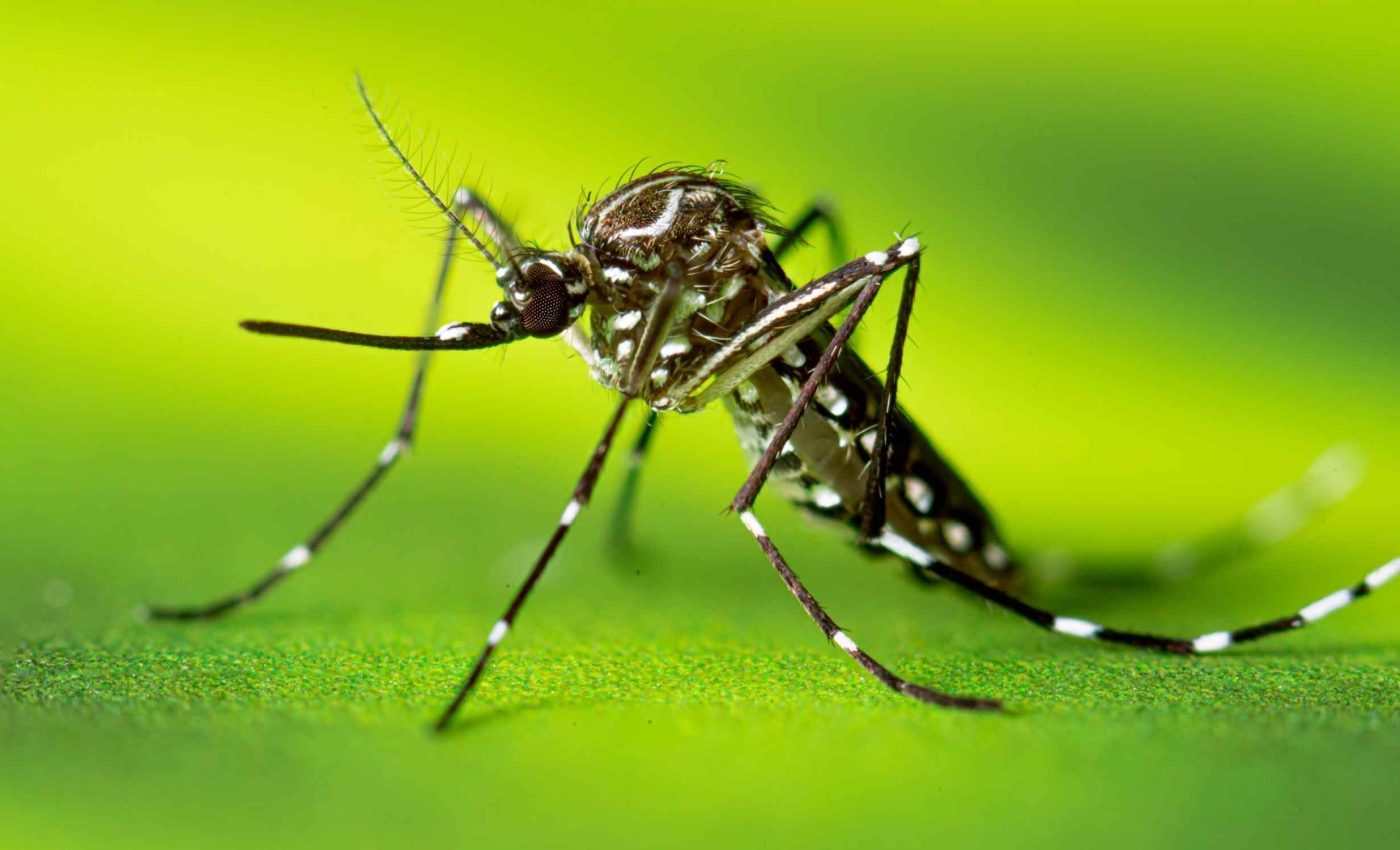
Health officials issue warning over deadly insect-borne tropical virus that has now reached cities
Health officials have confirmed the first travel-linked cases of Oropouche virus in the United Kingdom this year. The warning asks anyone who returns from affected regions and develops a sudden fever, headache, or intense body aches to contact a clinician quickly.
Oropouche is sometimes called sloth fever because the virus circulates in sloths in parts of Latin America. Most people recover within a week, though a small number can develop brain or nerve complications.
Sarah A. J. Guagliardo, PhD, an epidemiologist at the Centers for Disease Control and Prevention (CDC), has led recent work clarifying how quickly symptoms start and what that means for travelers.
Symptoms of Oropouche virus
Oropouche virus belongs to the Orthobunyavirus group and is an arbovirus, meaning a virus that is spread to people by biting insects. It was first identified in Trinidad and Tobago in the 1950s.
The illness usually causes an abrupt fever, pounding headache, and joint and muscle pain. Some patients also report nausea, light sensitivity, and a rash.
Doctors sometimes hear about symptom relapse a few days after apparent recovery. That second wave is uncomfortable, but most people still recover fully with rest and fluids.
What we know about the U.K. cases
Public health surveillance in Europe recorded three travel-linked Oropouche cases in U.K. residents. All three people had visited Brazil in early 2025. The cases were all were imported, with no sign of local spread.
This pattern matches what other European countries saw in 2024 and 2025. Imported infections arrive with travelers, then stop because the key insect that spreads this virus is not established in the U.K.
Mosquitoes may spread Oropouche
Oropouche virus spreads mainly through the bites of infected biting midges, tiny insects that thrive in warm, humid areas.
Some mosquito species can also transmit it. People who spend time outdoors without repellent or window screens are at higher risk.
Scientists are studying vertical transmission, which is when a virus passes from a pregnant person to the fetus. That question matters for travel counseling even if the overall risk remains uncertain.
Sexual spread has not been documented, but health agencies note that the virus has been detected in semen and vaginal secretions. That finding warrants caution for recent travelers who develop symptoms.
Incubation of Oropouche virus
Fever can rise quickly, often with severe headache, pain behind the eyes, and aching joints. Clinicians also watch for rashes, dizziness, and nausea.
“In conclusion, our results indicate that 50% of travelers infected with OROV will develop symptoms within 3 to 4 days of exposure,” wrote Dr. Guagliardo.
A recent analysis of travel-associated cases estimated the incubation period using patient exposure timelines and symptom onset data.
Relapse of symptoms can occur in a significant share of patients. That possibility helps explain why some people feel better, then feel unwell again several days later.
Pregnancy and severe outcomes
Brazil reported the first Oropouche-related deaths on July 25, 2024, and investigators also examined possible mother to child infections during pregnancy.
Those events were rare, but health authorities continue to analyze what factors increase risk.
When doctors also see neck stiffness, confusion, or persistent severe headache, they consider meningitis or encephalitis.
These are uncommon complications of Oropouche but need urgent care because they involve inflammation around the brain or in the brain itself.
Prevention that actually works
U,K. health guidance recommends repellents with at least 50 percent DEET for travelers to affected areas, along with long sleeves and trousers during peak biting hours.
Other precautions include staying in rooms with air conditioning or secure window screens, sleeping under fine mesh nets, removing standing water near lodging, and carefully following insecticide instructions.
People who recently returned to the U.K. from the Americas and develop sudden fever should call a clinician and mention their travel history. Early testing helps rule out other infections with similar symptoms.
Prevention guidelines for travelers
International health agencies emphasize that Oropouche virus joins a longer list of insect-borne infections that concern travelers.
Agencies often package advice on Zika, dengue, chikungunya, malaria and Oropouche together, since all rely on insect bites for spread.
The goal is to encourage simple habits, like packing repellents before trips, just as routinely as carrying sunscreen.
Health authorities also point out that individual precautions are only part of the picture. Surveillance, early diagnosis, and coordinated mosquito control in affected countries remain the backbone of prevention.
Without these broader efforts, even well-prepared travelers may still face risks when outbreaks surge in tropical areas.
More questions about Oropouche virus
UKHSA recently mapped 269 studies on Oropouche and found strong evidence on surveillance and viral genomics, yet very limited research on vaccines, treatments, and real-world public health measures.
There were no human clinical trials of medicines and few data on which community interventions curb spread.
Those gaps matter for planning. When countries face travel-related cases, they need fast diagnostics, clear guidance for pregnant travelers, and studies that test which prevention steps work best on the ground.
Information from the UKHSA’s Travel-associated Infections Report.
—–
Like what you read? Subscribe to our newsletter for engaging articles, exclusive content, and the latest updates.
Check us out on EarthSnap, a free app brought to you by Eric Ralls and Earth.com.
—–













